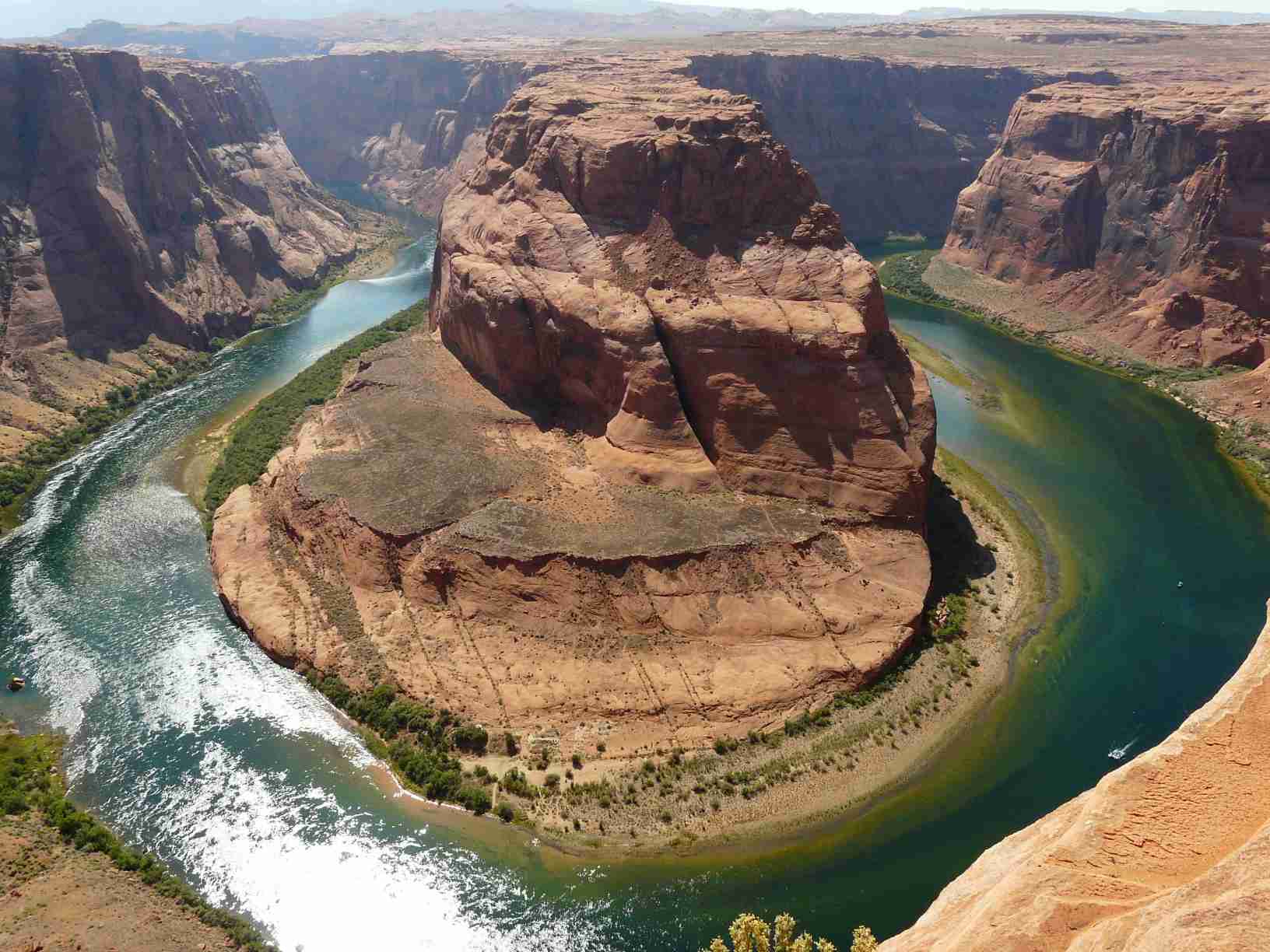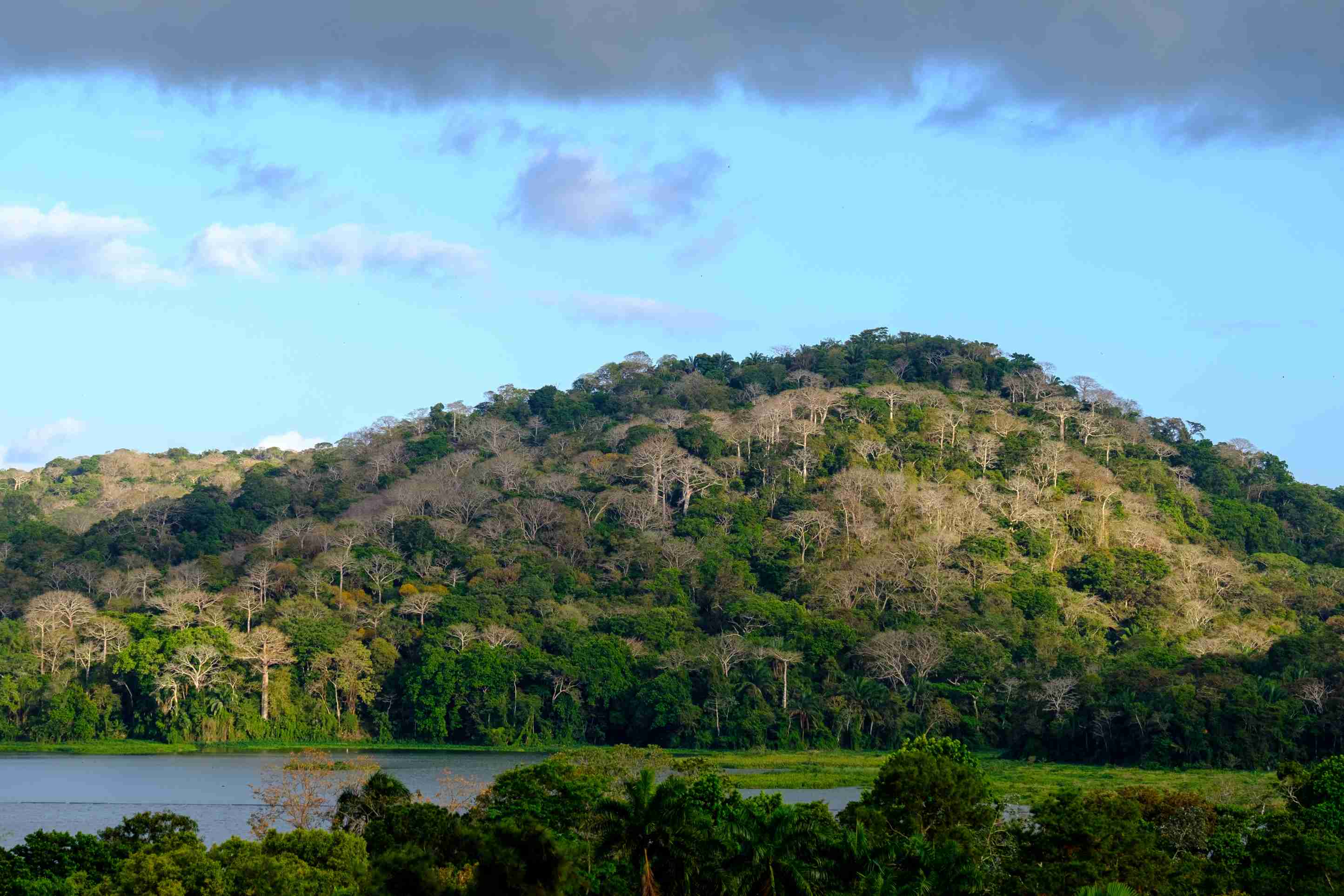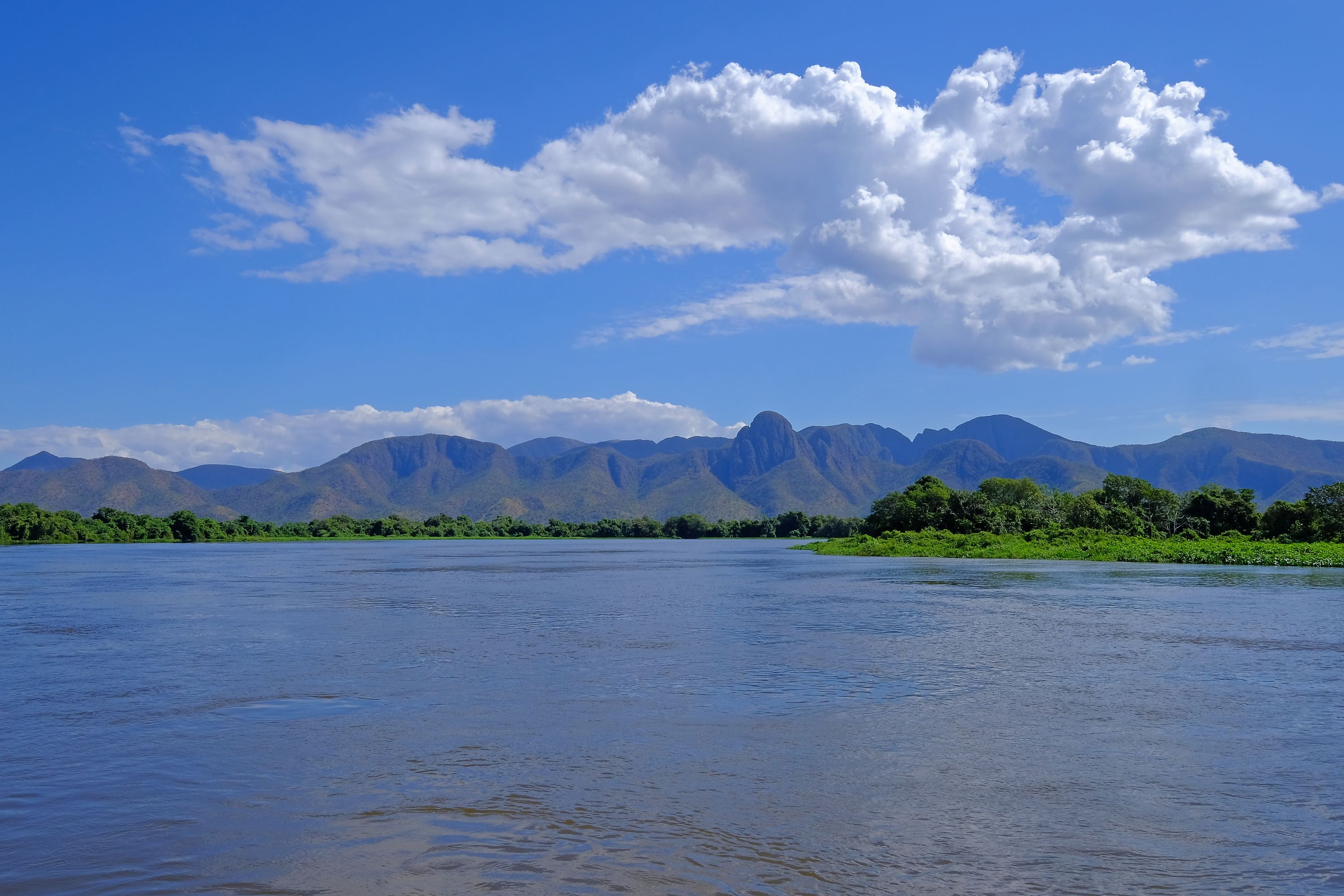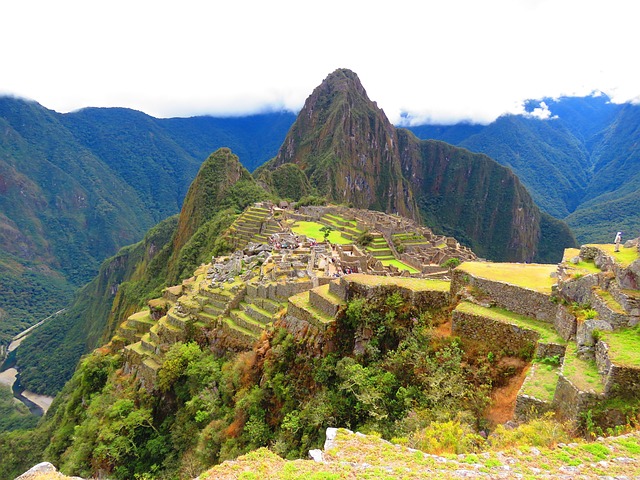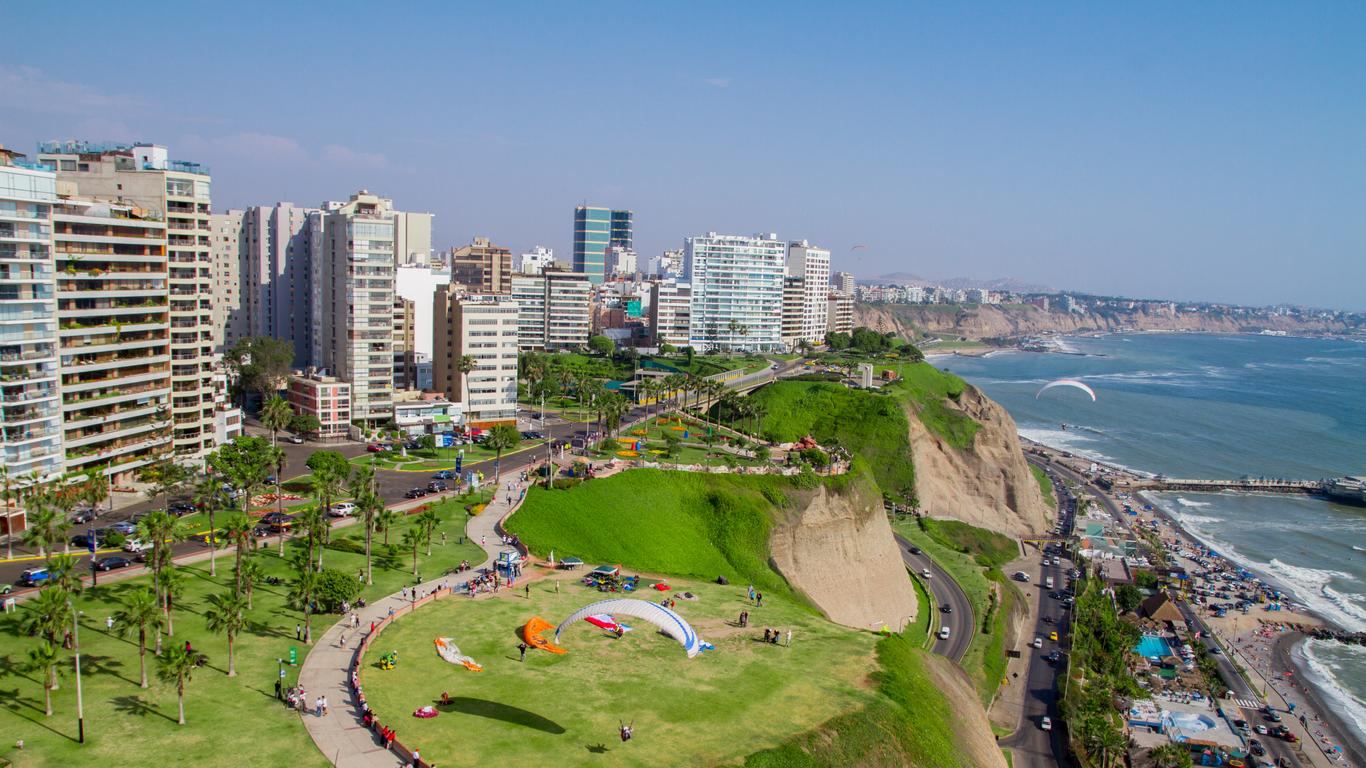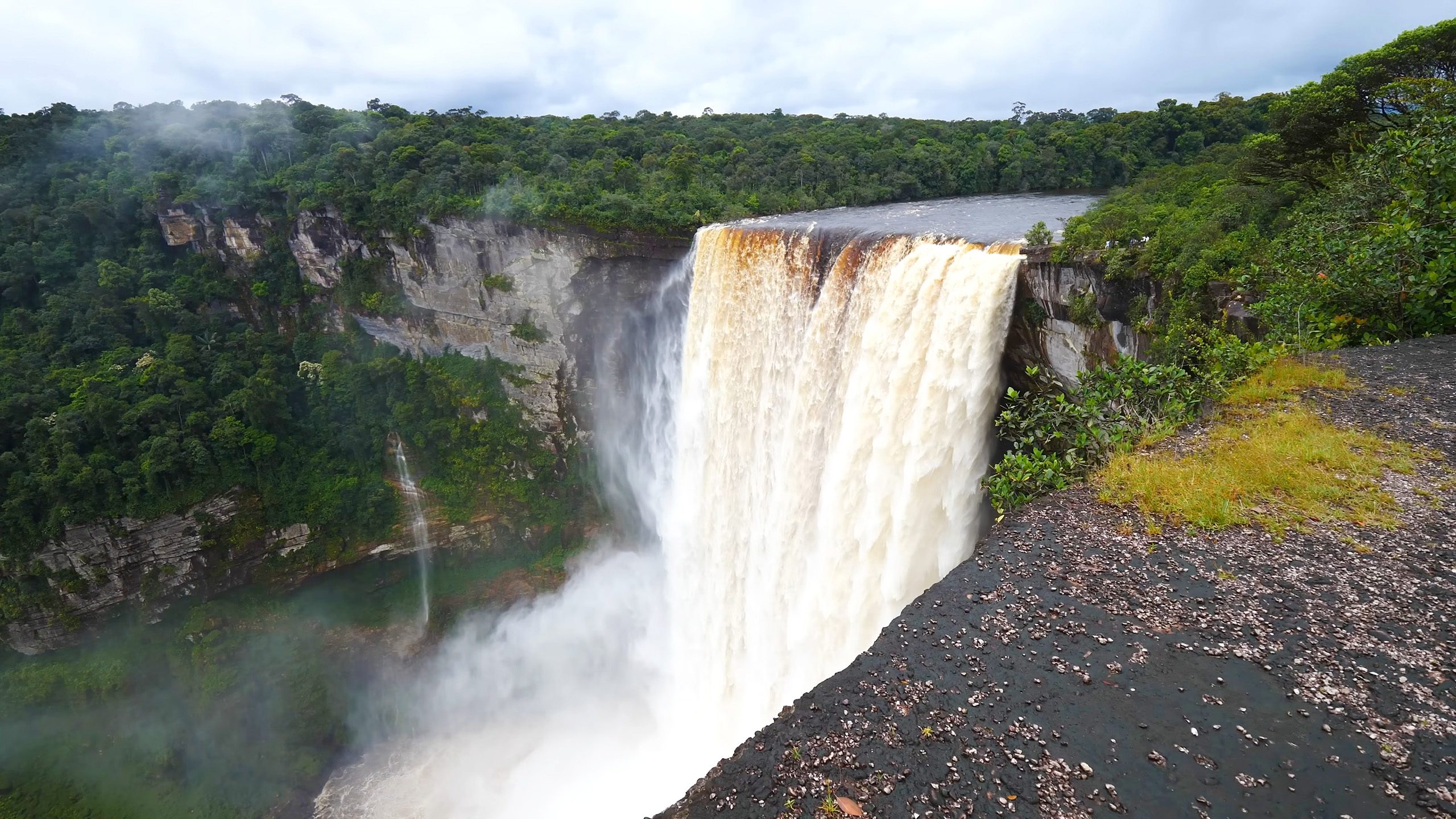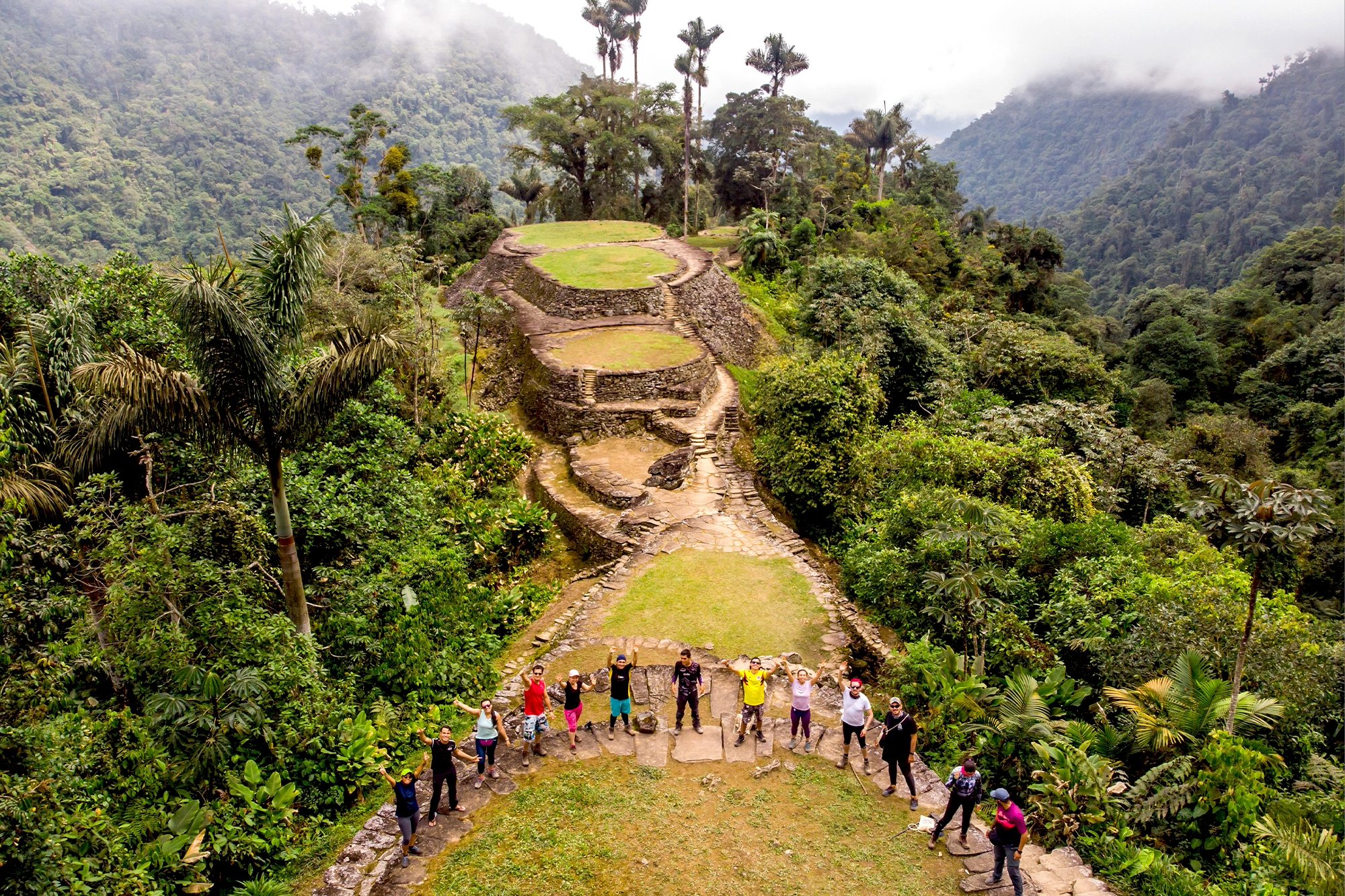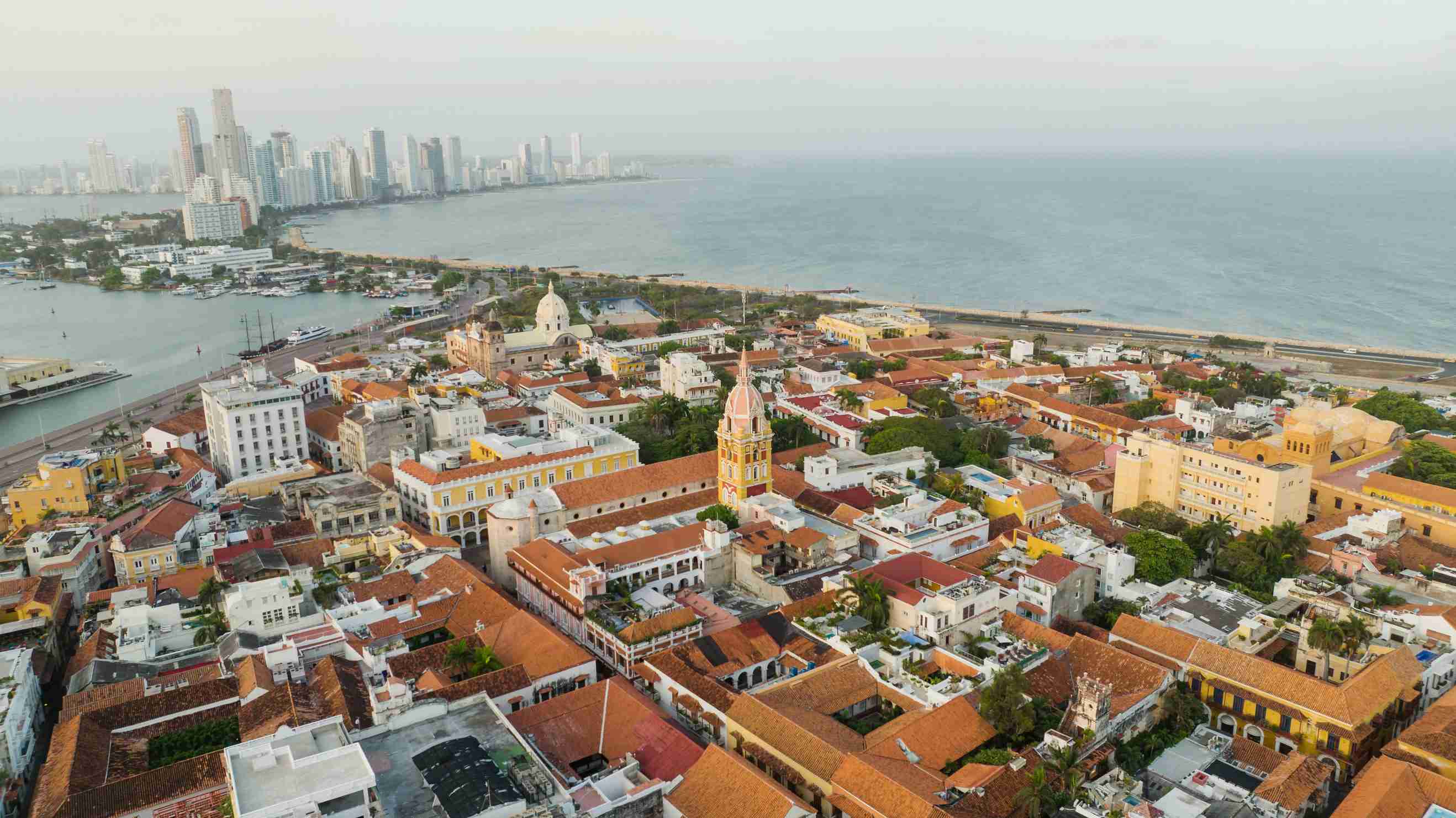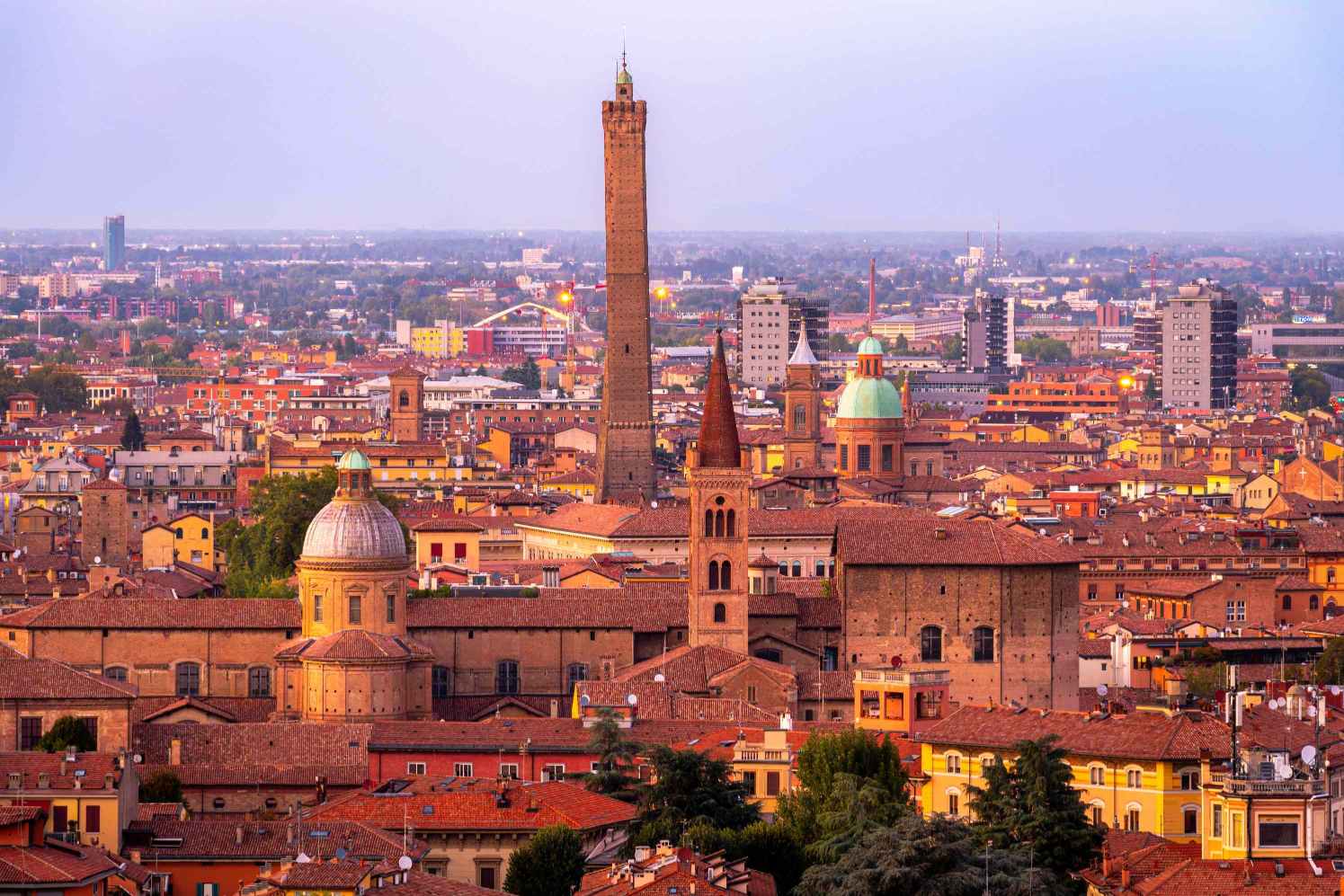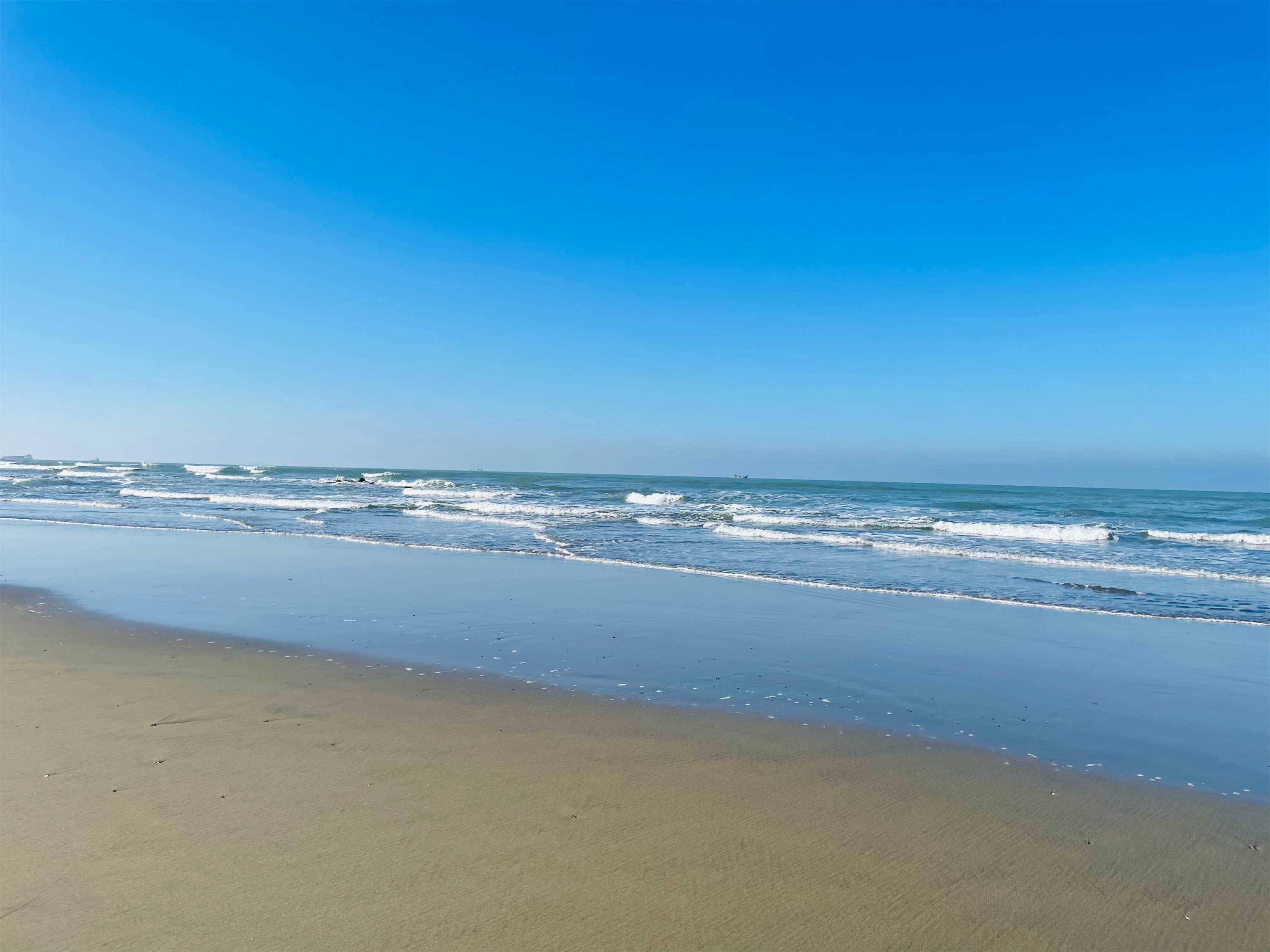Fish River Canyon, located in southern Namibia, is one of the most spectacular natural wonders in Africa. As the second-largest canyon in the world (after the Grand Canyon), it stretches approximately 160 kilometers in length, reaches depths of up to 550 meters, and spans widths of up to 27 kilometers. Carved over millions of years by the Fish River, this breathtaking landscape is a paradise for hikers, photographers, and nature enthusiasts. Whether you’re trekking along its rugged trails, marveling at its dramatic cliffs, or stargazing under its pristine skies, Fish River Canyon offers an unforgettable adventure.
This article explores the geology, wildlife, and activities of Fish River Canyon, as well as practical tips for travelers. From its awe-inspiring vistas to its remote and untouched beauty, Fish River Canyon is a destination that captivates the imagination and inspires awe.
The Geology and Formation of Fish River Canyon
Fish River Canyon is a testament to the power of natural forces. Over millions of years, the Fish River has carved its way through the hard granite and sedimentary rock of the Namibian landscape, creating a canyon of immense scale and beauty. The canyon’s formation began around 500 million years ago, with tectonic activity and erosion playing key roles in shaping its dramatic cliffs and valleys.
The canyon is divided into two main sections: the upper canyon, which is wider and more accessible, and the lower canyon, which is narrower and more rugged. The Fish River itself is seasonal, flowing only during the rainy season (January to April) and drying up for the rest of the year. Despite its arid environment, the canyon supports a surprising variety of plant and animal life.

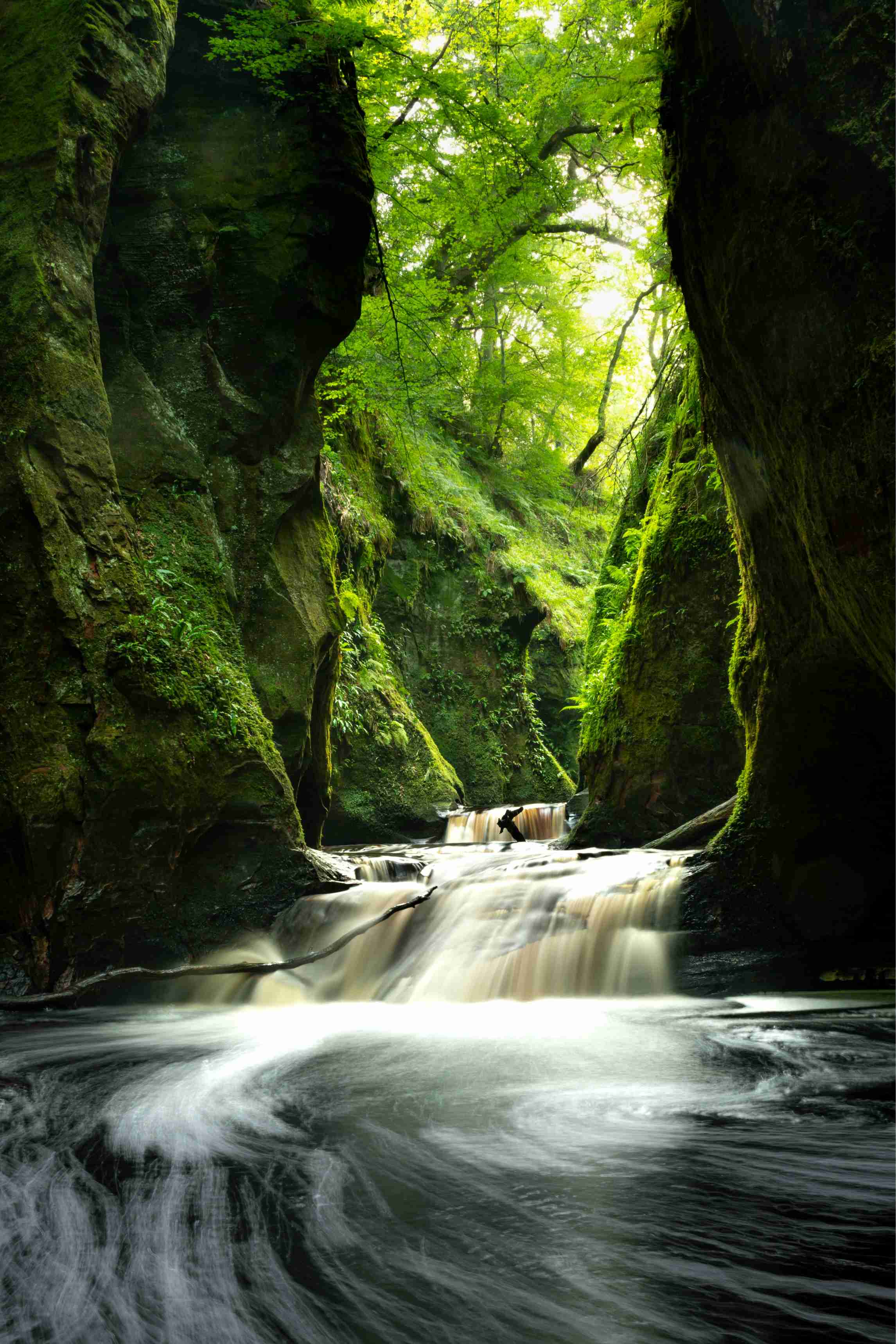
Main Attractions
- The Canyon Itself: The sheer scale and beauty of Fish River Canyon are its main attractions. The panoramic views from the rim are breathtaking, with the river winding its way through the canyon floor far below.
- Hobas Viewpoint: One of the most popular viewpoints, offering stunning vistas of the canyon and its dramatic cliffs.
- Ai-Ais Hot Springs: Located at the southern end of the canyon, these natural hot springs are a perfect place to relax after a long hike.
- Hiking Trails: The Fish River Canyon Hiking Trail is one of the most famous multi-day hikes in Africa, offering a challenging but rewarding experience.
- Wildlife: Despite the harsh environment, the canyon is home to a variety of animals, including kudu, baboons, and klipspringers.
- Stargazing: The remote location and clear skies make Fish River Canyon an ideal spot for stargazing.
Cultural Significance
Fish River Canyon holds cultural significance for the Nama people, who have lived in the region for centuries. The canyon’s name, “Fish River,” is derived from the Nama word “ǂAi-ǂAis,” meaning “burning water,” a reference to the hot springs at the southern end of the canyon. The Nama people have a deep connection to the land, and their traditions and way of life are intertwined with the natural environment.
How to Reach Fish River Canyon
Fish River Canyon is located in southern Namibia, approximately 700 kilometers from Windhoek, the capital. Here are the main ways to reach the canyon:
- By Car: The most common way to reach the canyon is by car. The drive from Windhoek takes about 7-8 hours, while the drive from Keetmanshoop (the nearest town) takes about 2 hours.
- By Tour: Many tour operators offer guided trips to Fish River Canyon, often as part of a larger itinerary that includes other Namibian attractions.
- By Air: The nearest airport is in Keetmanshoop, which receives flights from Windhoek. From there, it’s a 2-hour drive to the canyon.
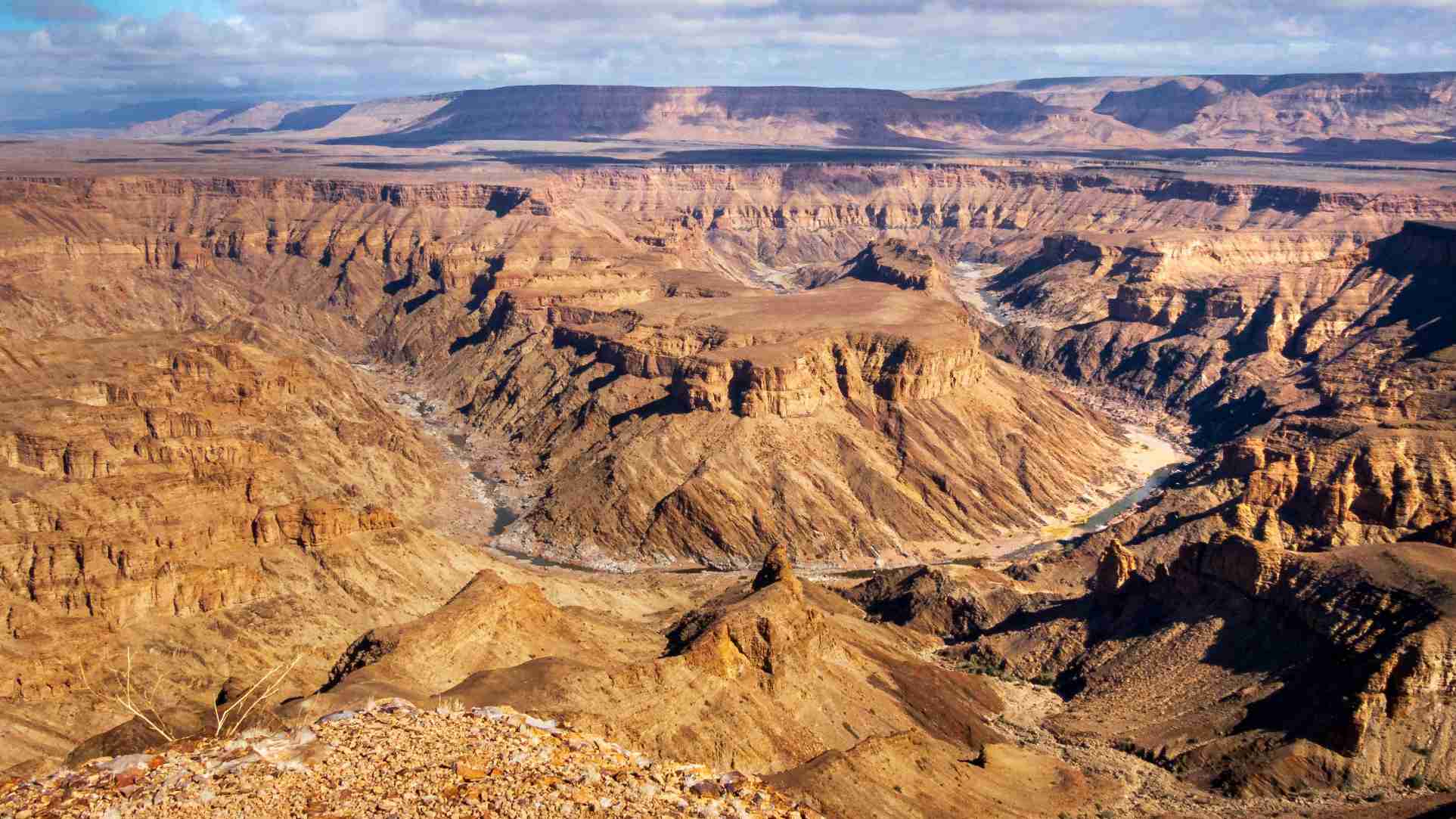
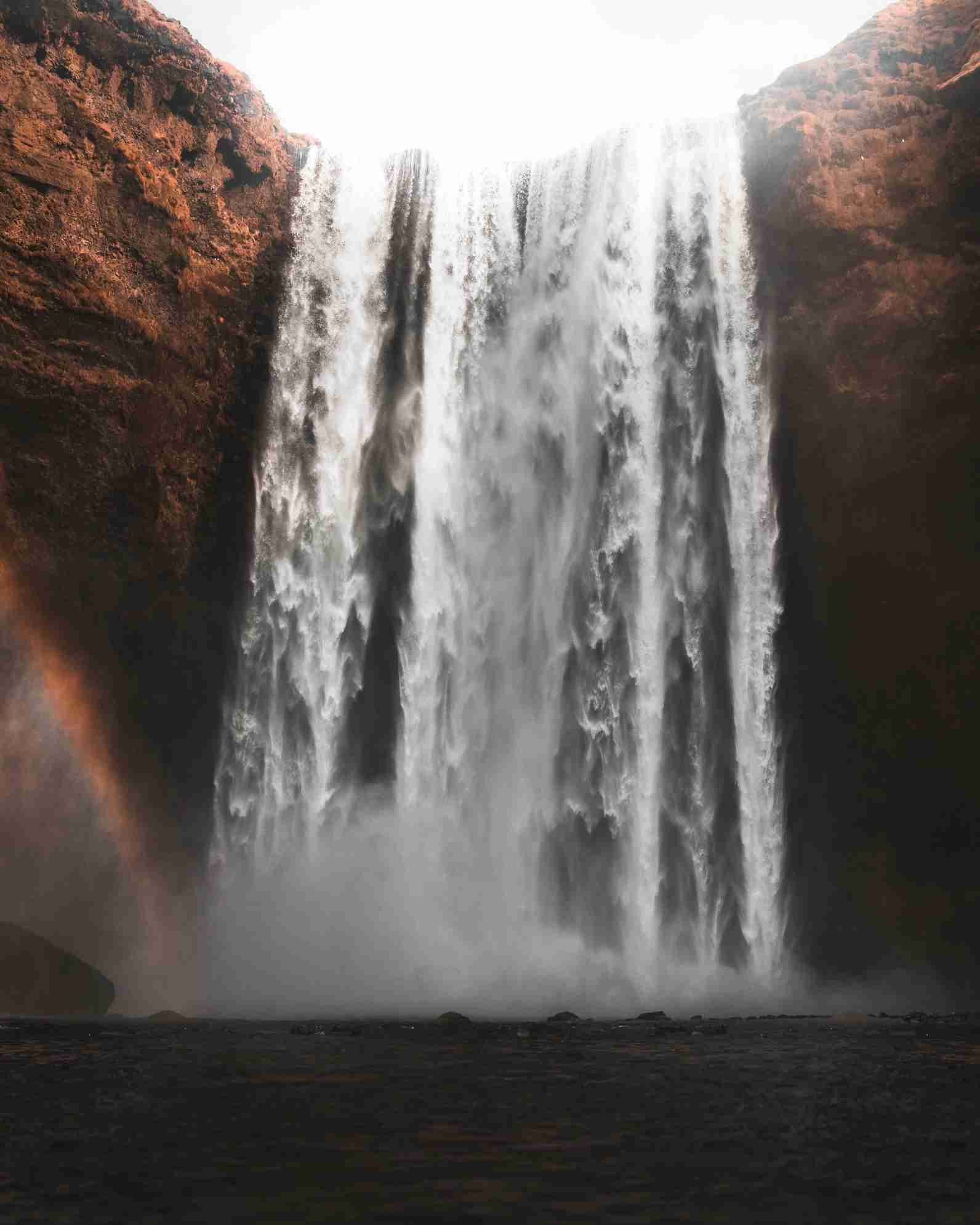
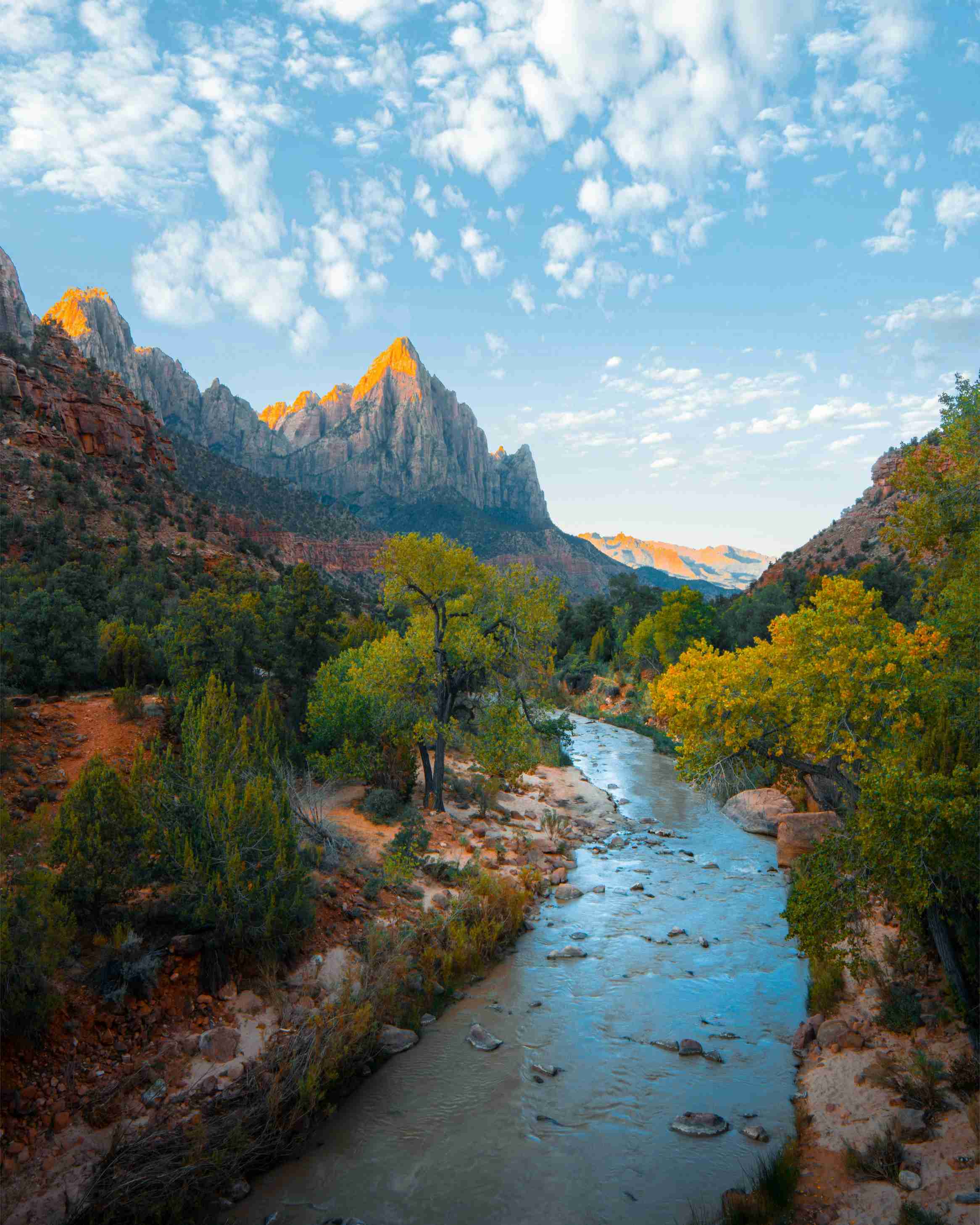
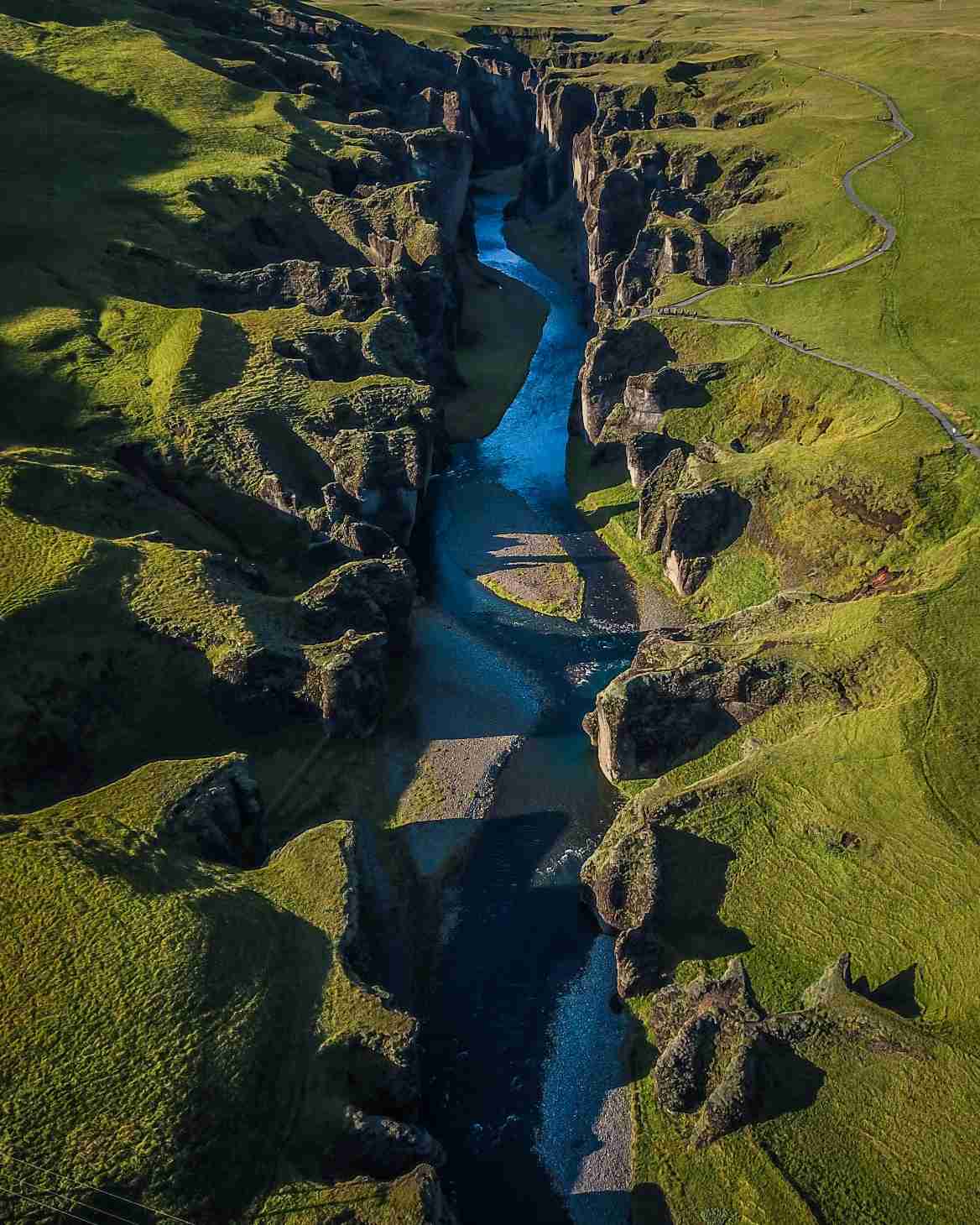
Accommodation
Fish River Canyon offers a range of accommodations to suit every budget:
- Lodges: Stay at lodges like Canyon Lodge or Canyon Roadhouse, which offer comfortable accommodations and stunning views of the canyon.
- Campsites: For adventurous travelers, there are several campsites near the canyon, including those at Hobas and Ai-Ais.
- Ai-Ais Hot Springs Resort: Located at the southern end of the canyon, this resort offers hot springs, accommodations, and camping facilities.
Local Foods
While dining options near the canyon are limited, you can enjoy traditional Namibian dishes in nearby towns like Keetmanshoop:
- Biltong: A dried and cured meat snack, similar to jerky.
- Potjiekos: A slow-cooked stew made with meat and vegetables, traditionally prepared in a cast-iron pot.
- Kapana: Grilled meat, often served with spices and bread.
- Fresh Fish: Namibia’s coastal regions offer fresh seafood, which can be enjoyed in nearby towns.
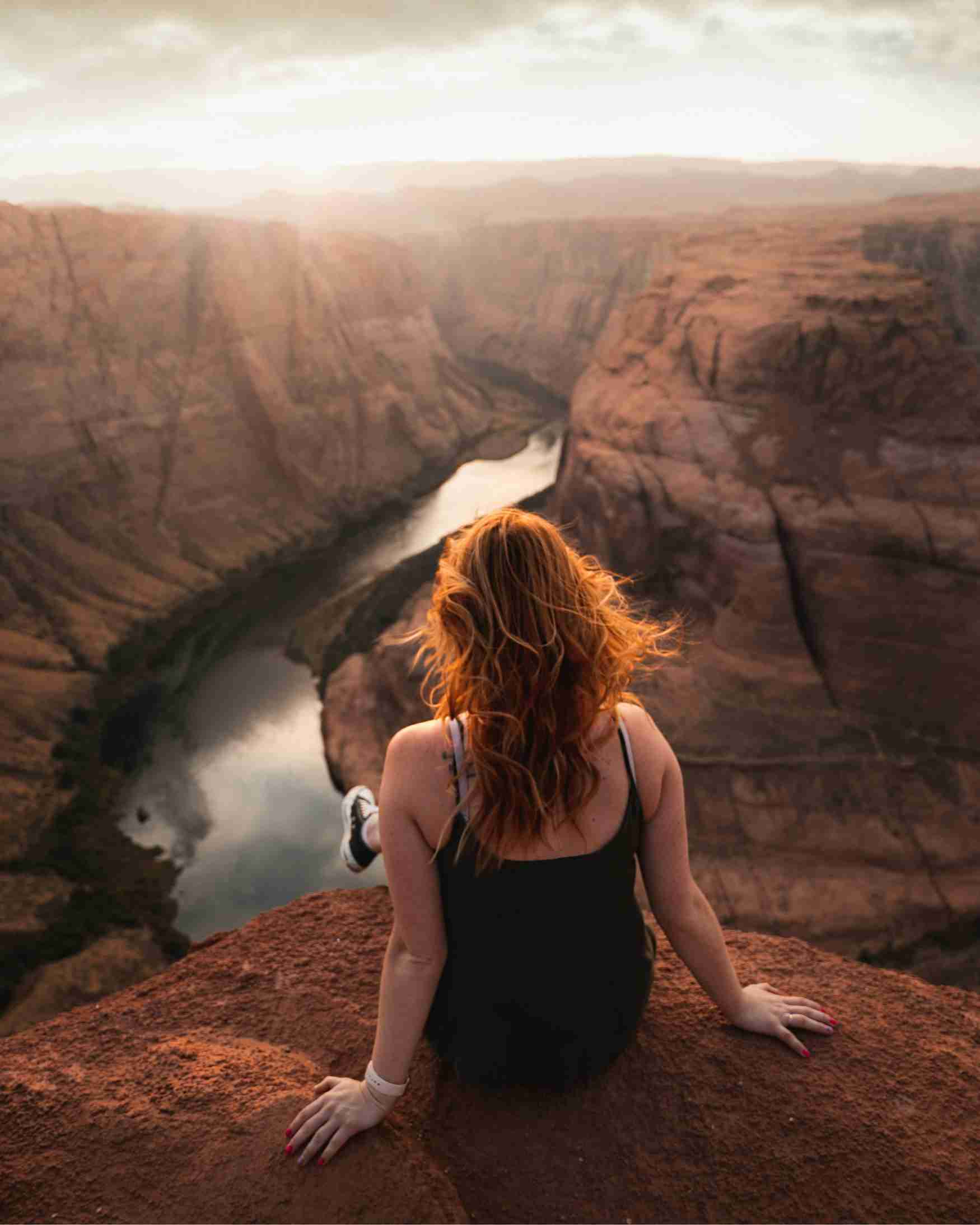
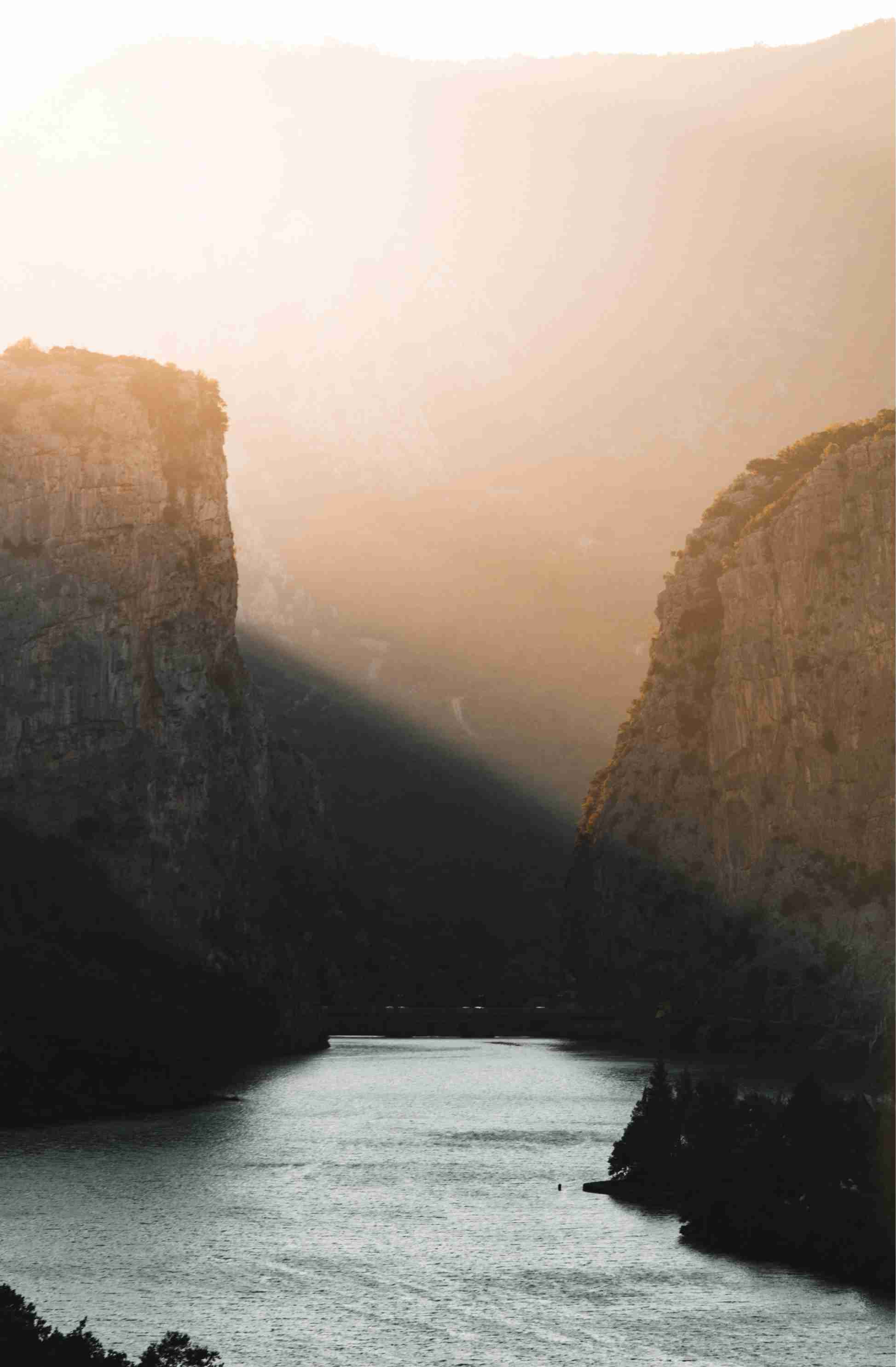
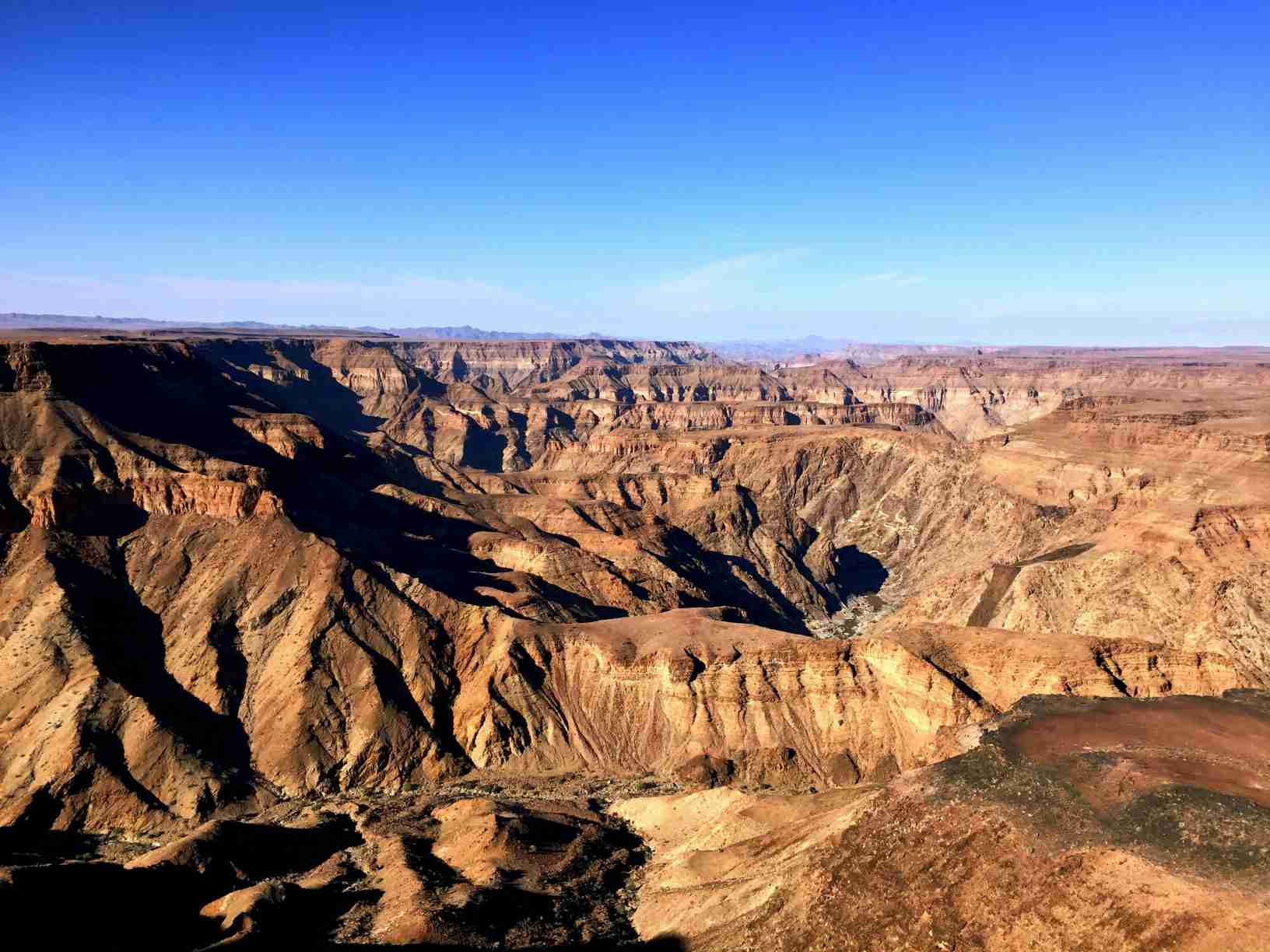
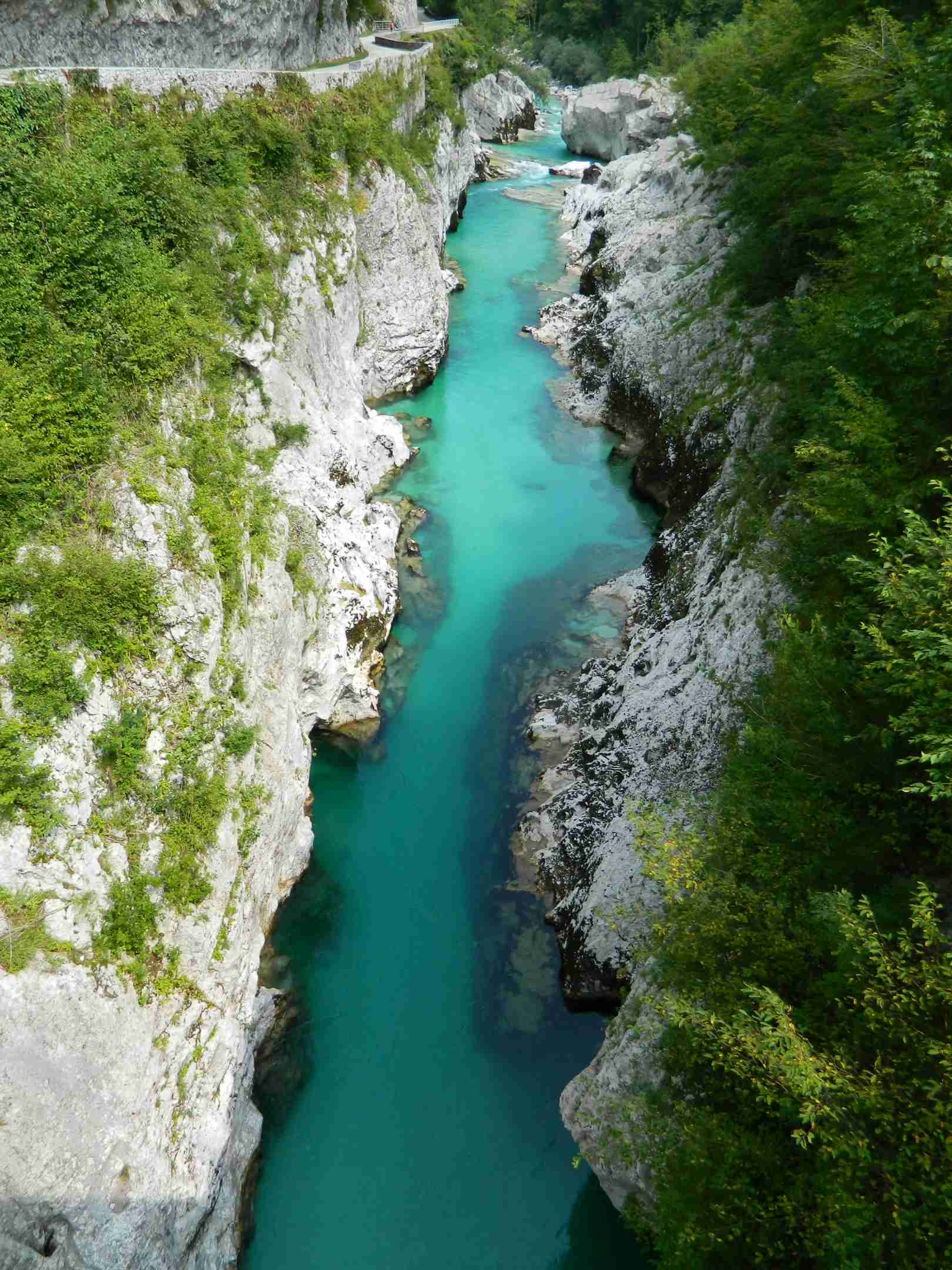
Best Time to Visit
The best time to visit Fish River Canyon depends on your interests:
- Dry Season (May to October): This is the best time for hiking and wildlife viewing, with mild temperatures and clear skies.
- Rainy Season (November to April): The canyon is lush and green during this time, but the Fish River may be flowing, making hiking more challenging.
Where to Visit
- Hobas Viewpoint: The main viewpoint for the canyon, offering panoramic views.
- Ai-Ais Hot Springs: Relax in the natural hot springs at the southern end of the canyon.
- Hiking Trails: Explore the canyon on foot, with options ranging from short walks to the challenging Fish River Canyon Hiking Trail.
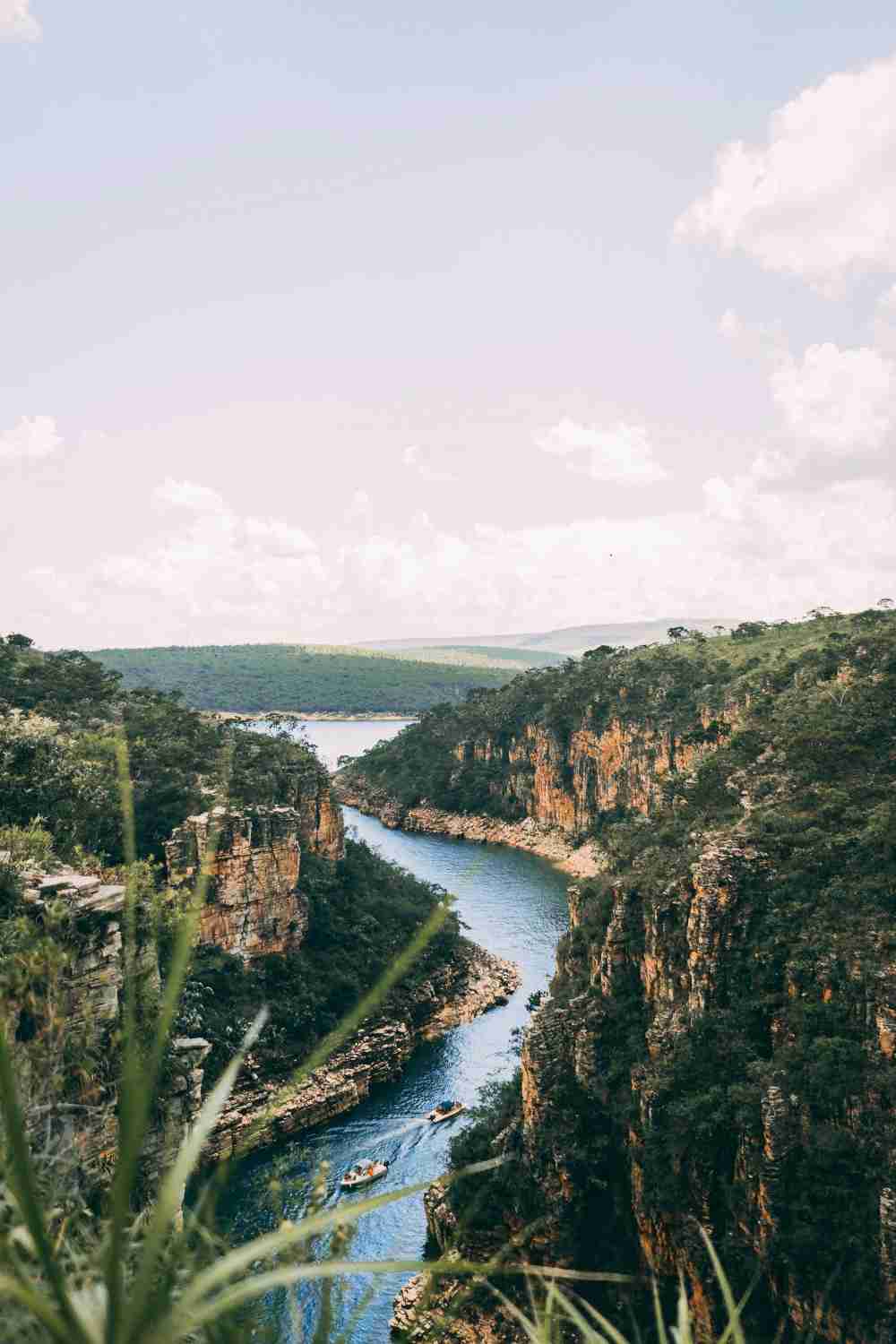
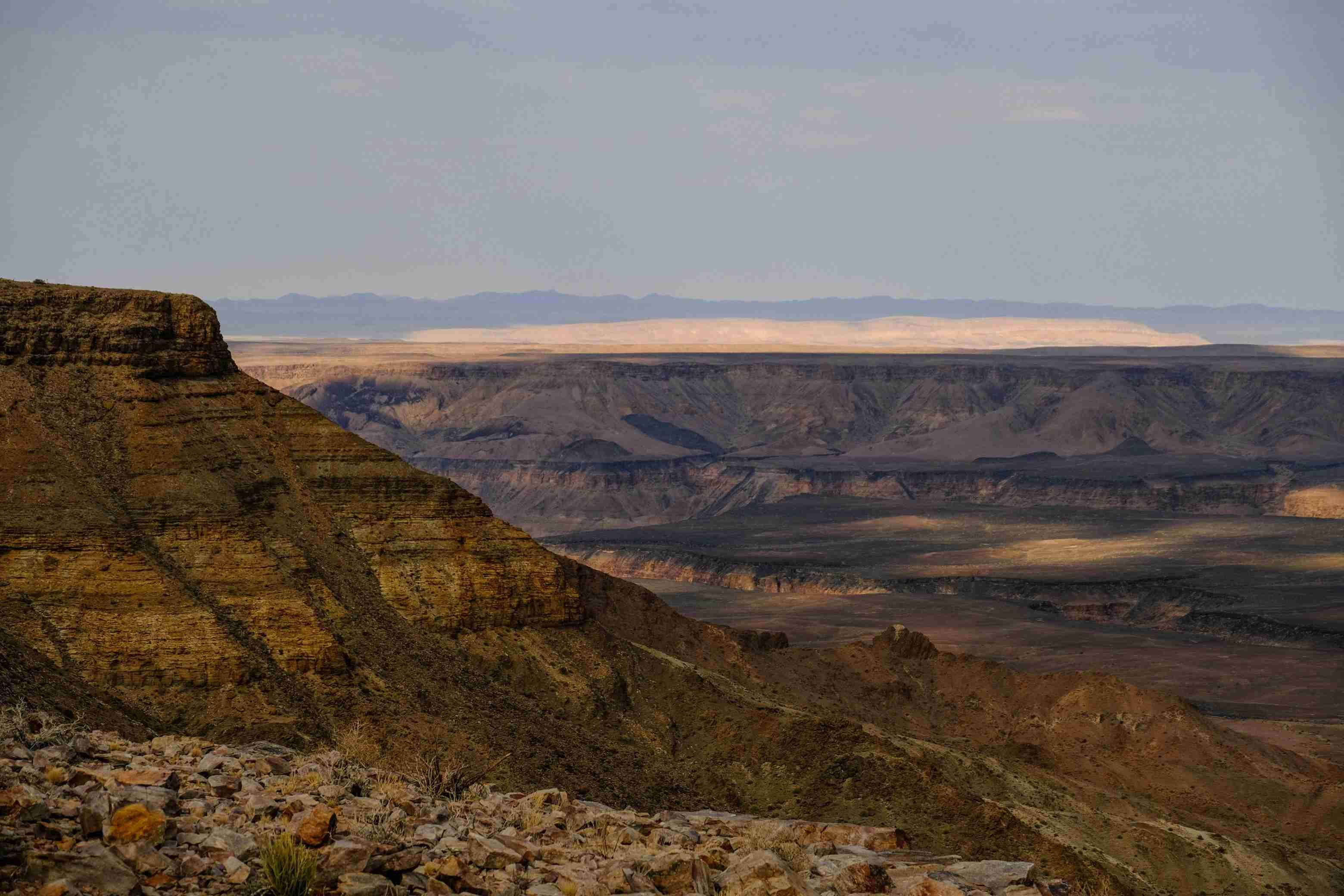

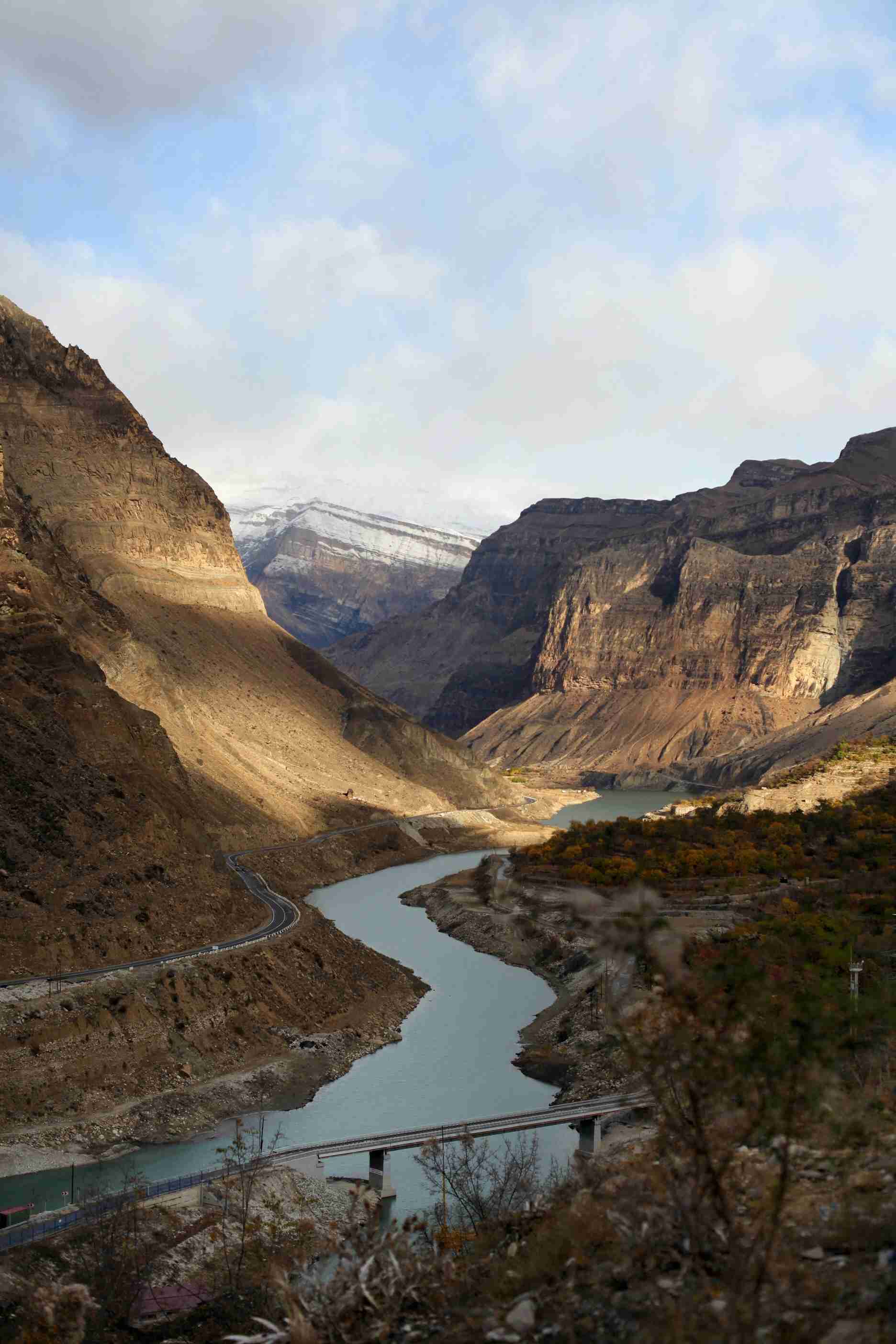
Things to Do
- Hiking: The Fish River Canyon Hiking Trail is a 5-day, 85-kilometer trek that offers a challenging but rewarding experience.
- Photography: Capture the stunning landscapes and dramatic cliffs of the canyon.
- Wildlife Viewing: Spot animals like kudu, baboons, and klipspringers.
- Stargazing: Enjoy the clear night skies and breathtaking views of the stars.
- Relax at Ai-Ais: Unwind in the natural hot springs after a day of exploring.
What to Pack
- Hiking Gear: Sturdy shoes, a backpack, and a walking stick for exploring the trails.
- Layered Clothing: Temperatures can vary, especially in the early morning and evening.
- Sunscreen and Hat: Protect yourself from the strong sun.
- Camera: Capture the stunning landscapes and wildlife.
- Water Bottle: Stay hydrated during your adventures.
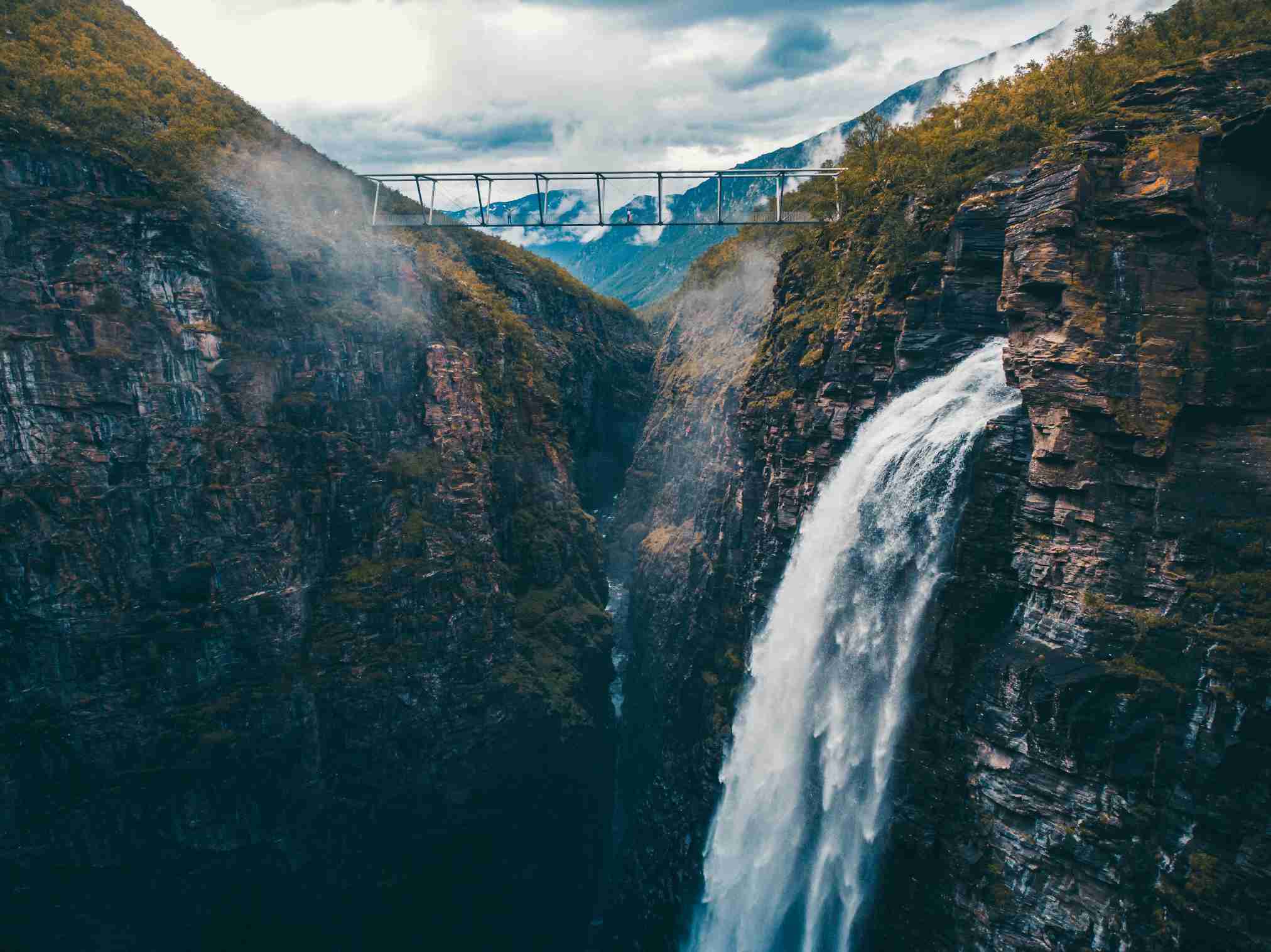

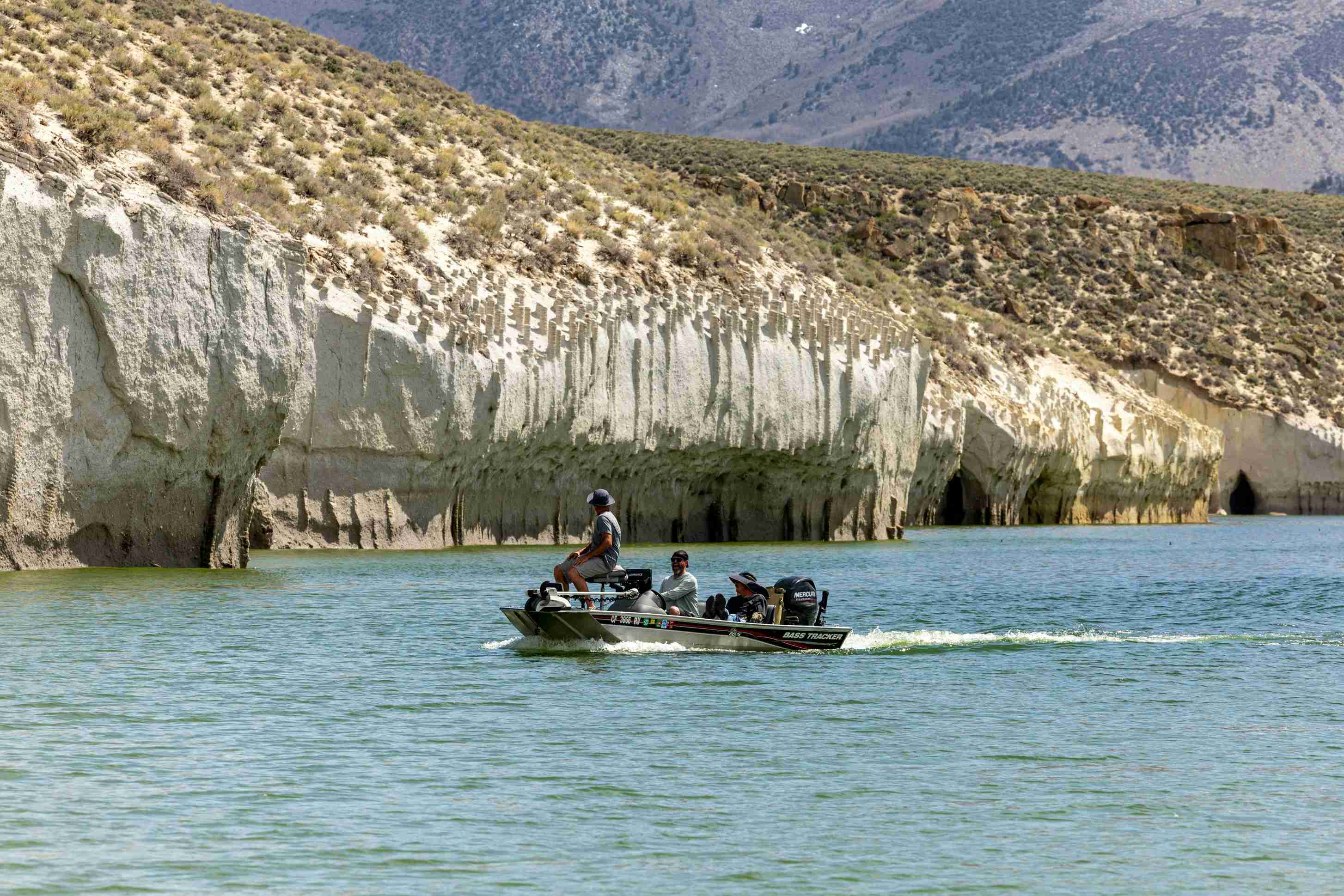
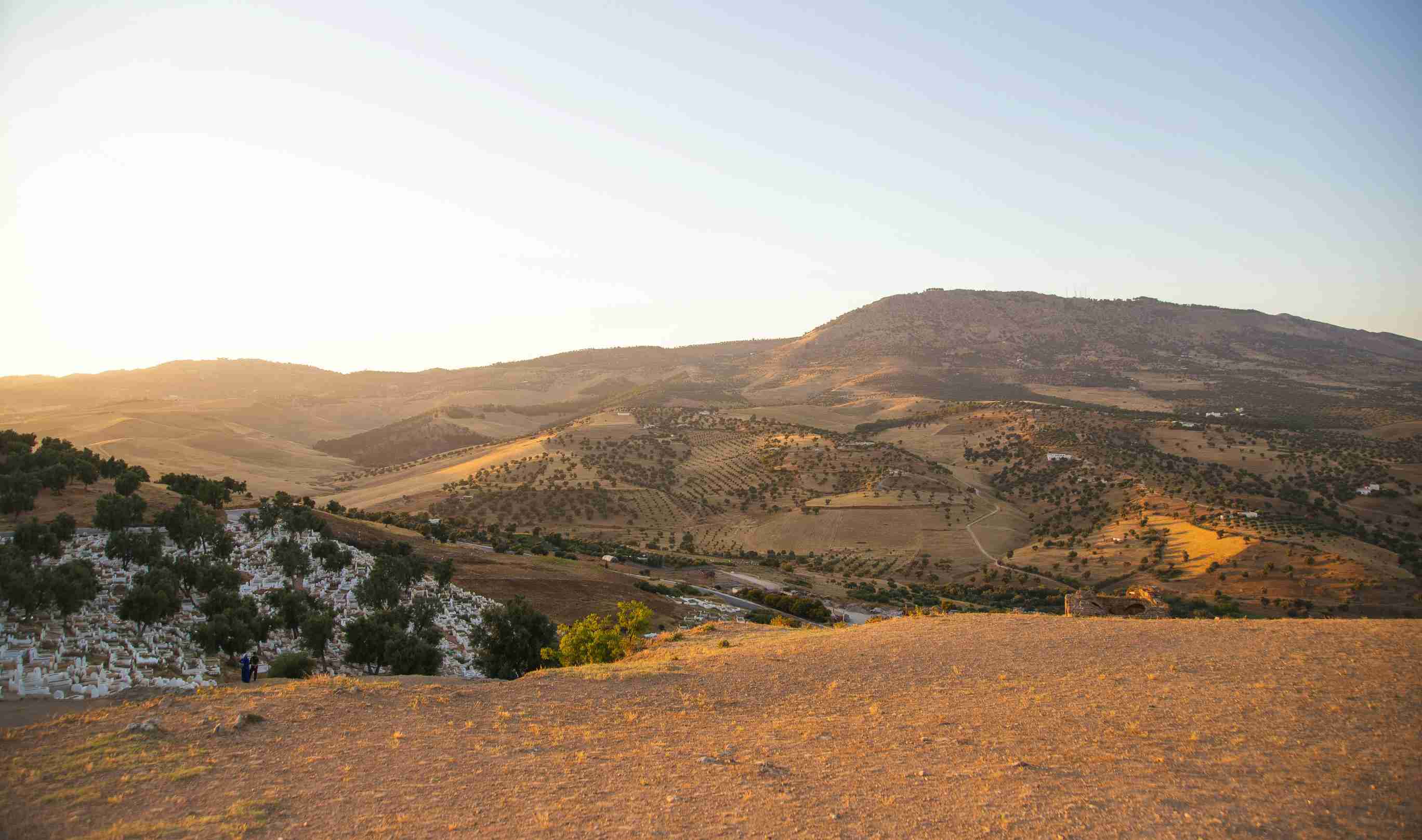
Fish River Canyon is a destination that captivates with its dramatic landscapes, rich biodiversity, and cultural heritage. Its towering cliffs, winding river, and remote beauty make it a must-visit destination for nature lovers and adventure seekers. Whether you’re hiking along its rugged trails, marveling at its panoramic views, or relaxing in its hot springs, Fish River Canyon promises an unforgettable experience. Start planning your trip to this natural wonder and discover the magic of Namibia’s desert landscapes.
FAQs
-
Is Fish River Canyon expensive to visit?
Costs can vary, but budget-friendly options are available for accommodations and activities. -
Do I need a guide to hike Fish River Canyon?
While not mandatory, a guide is recommended for the Fish River Canyon Hiking Trail, especially for inexperienced hikers. -
What currency is used in Namibia?
The Namibian Dollar (NAD) is the official currency, but South African Rand (ZAR) is also widely accepted. -
Is Fish River Canyon safe for tourists?
Yes, the canyon is generally safe, but always follow safety guidelines and avoid hiking alone. -
What is the best time for hiking Fish River Canyon?
The dry season (May to October) is the best time for hiking, with mild temperatures and clear skies. -
Can I visit Fish River Canyon in the rainy season?
Yes, but the Fish River may be flowing, making hiking more challenging. The canyon is lush and green during this time. -
Are there accommodations inside the canyon?
No, accommodations are located near the canyon, including lodges, campsites, and the Ai-Ais Hot Springs Resort. -
What wildlife can I see in Fish River Canyon?
The canyon is home to animals like kudu, baboons, klipspringers, and a variety of bird species.

